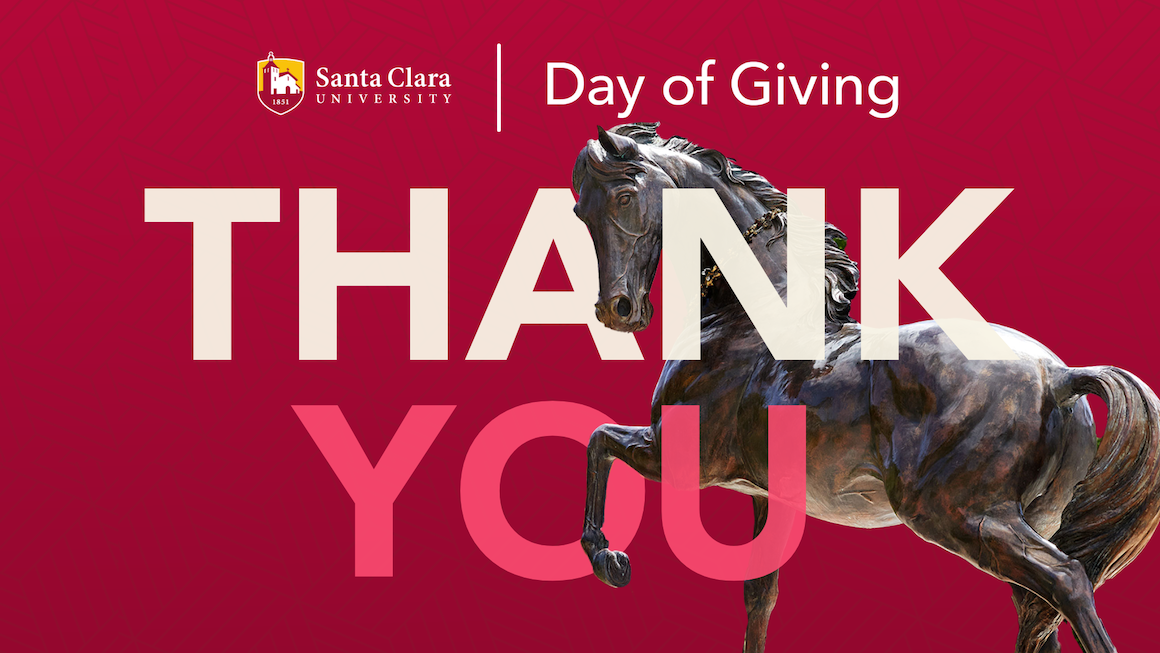Mines Safety Tips Every Worker Must Know to Prevent Accidents

I'll never forget my first day descending into the mining shaft twenty years ago - that mix of excitement and sheer terror stays with you. What struck me most wasn't the darkness or the depth, but the realization that every miner, regardless of their background or position, shares the same vulnerability underground. This reminds me of how Liza in our reference material bridges different social classes, understanding both the wealthy Countess and the struggling farmer girl. Similarly, in mining safety, we need to bridge the gap between management's perspective and the frontline worker's reality to create truly effective safety protocols.
The statistics still shock me - according to MSHA data I reviewed last quarter, nearly 80% of mining accidents could have been prevented with proper safety measures. That's not just a number to me; it's 80 families who might have avoided tragedy. I've seen firsthand how safety protocols can feel like the Countess's mansion rules to new workers - distant, incomprehensible, and disconnected from their daily reality. But when we take Liza's approach of stepping into each other's worlds, safety transforms from bureaucratic checkboxes into life-saving practices. Just last month, I watched a veteran miner patiently explain to a newcomer why checking roof bolts isn't just procedure - it's what keeps you alive. That moment of connection mattered more than any safety manual.
Proper ventilation monitoring stands out as one area where we've made incredible strides. When I started, we relied on basic detection methods that often gave us only minutes to react to dangerous gas levels. Today's continuous monitoring systems provide real-time data that's dramatically reduced gas-related incidents. I remember installing our first advanced monitoring system back in 2015 - the investment felt substantial at the time, but within six months, we'd identified three potentially dangerous gas buildups before they reached critical levels. The technology has only improved since then, with wireless sensors that can map entire sections and predict trouble spots before they become emergencies.
Emergency response planning deserves more attention than it typically gets. In my consulting work, I've visited sites with beautifully documented emergency plans that workers couldn't actually execute under pressure. We've moved toward what I call "muscle memory training" - monthly drills that simulate realistic scenarios until responses become automatic. The difference this makes became painfully clear during a roof collapse incident I witnessed in 2018. The crew that had drilled regularly evacuated in under four minutes, while another section with identical equipment but less frequent drills took nearly twelve. Those eight minutes could have meant the difference between a close call and a catastrophe.
Personal protective equipment has evolved remarkably, but only if workers actually use it correctly. I've developed what might be an unpopular opinion here - sometimes we over-engineer PPE to the point where it becomes cumbersome. I'd rather see simpler, more comfortable equipment that workers will consistently use than advanced gear that gets left in lockers. The respiratory protection we introduced at my previous site reduced theoretical protection levels by 5% but increased compliance from 65% to 92%. That trade-off absolutely saved lives, much like how Liza's small steps created more meaningful change than grand gestures could have.
Communication systems represent another critical area where technology has transformed safety. The transition from basic signaling to digital communication networks has probably prevented more accidents than any other innovation in my career. I recall a 2012 incident where a broken communication line left a team isolated during equipment failure. Today's mesh networks provide redundant pathways, and I insist on testing them weekly rather than monthly as regulations require. This extra step has identified potential failures three times in the past year alone.
What often gets overlooked is the psychological aspect of safety compliance. Workers who feel heard and respected are significantly more likely to follow safety protocols. I've implemented what I call "safety circles" - regular, informal meetings where workers can voice concerns without management present. The insights from these sessions have led to practical improvements that formal inspections missed. For instance, one worker noted that emergency exit markers became invisible when dust accumulated, leading us to install self-cleaning markers that reduced evacuation time by 30 seconds during drills.
The relationship between production pressure and safety violations remains one of the industry's toughest challenges. I've walked away from contracts when companies prioritized output over safety - a decision that's cost me financially but let me sleep at night. The most effective operations I've seen integrate safety into production metrics rather than treating them as competing priorities. At one particularly impressive site in Kentucky, they measure and reward "safe tons" rather than just tonnage, creating alignment between safety and productivity goals.
Looking ahead, I'm particularly excited about predictive analytics and how they're transforming our approach to prevention. We're moving from reacting to incidents to anticipating them. The system we're testing at our pilot site analyzes dozens of variables - from equipment vibration patterns to air quality metrics - to identify patterns preceding incidents. Early results suggest we can predict 40% of equipment-related accidents at least 48 hours before they occur. This feels like the mining safety equivalent of having a crystal ball.
Ultimately, what I've learned over two decades in this field mirrors Liza's realization about social change - we can't fundamentally transform mining safety overnight, but the small, consistent steps we take across all levels of the operation create meaningful protection. The technician who double-checks her equipment, the manager who listens to ground-level concerns, the executive who approves safety investments - each plays a crucial role. Mining will always carry inherent risks, but the accidents we prevent through vigilance, technology, and mutual understanding represent our greatest achievements. Those are the moments that make this work meaningful - when a crew goes home safely, when a potential disaster becomes a near-miss story, when someone looks at a safety protocol and understands it's not just rules, but someone's life we're protecting.


